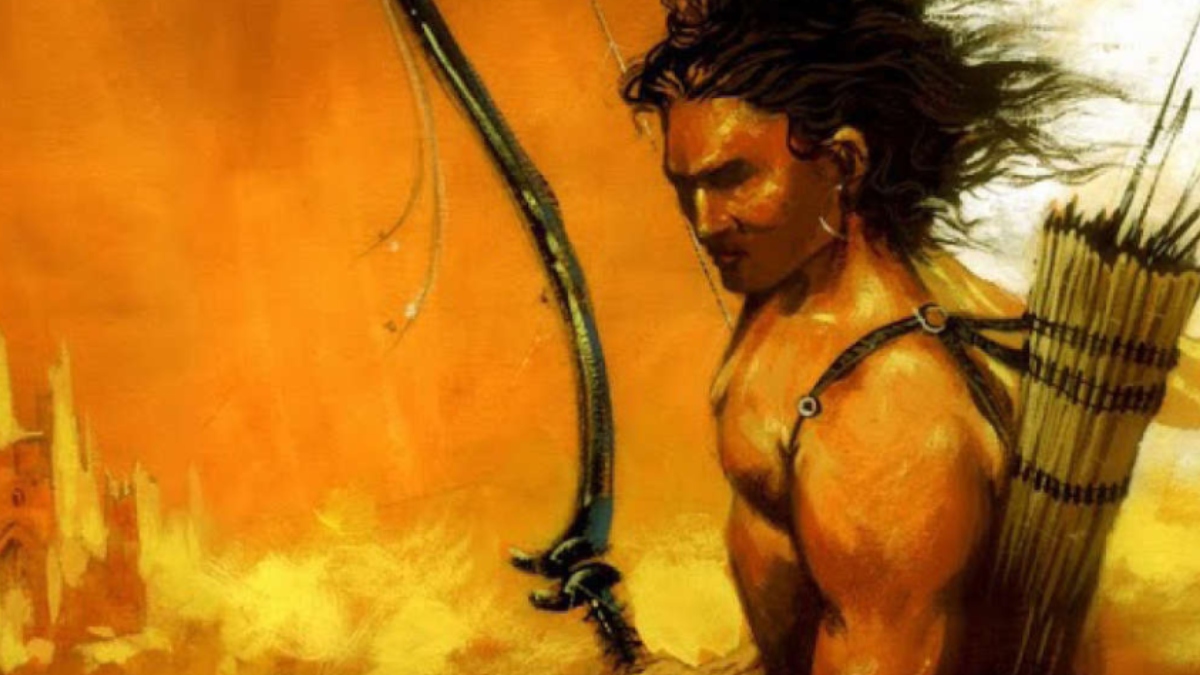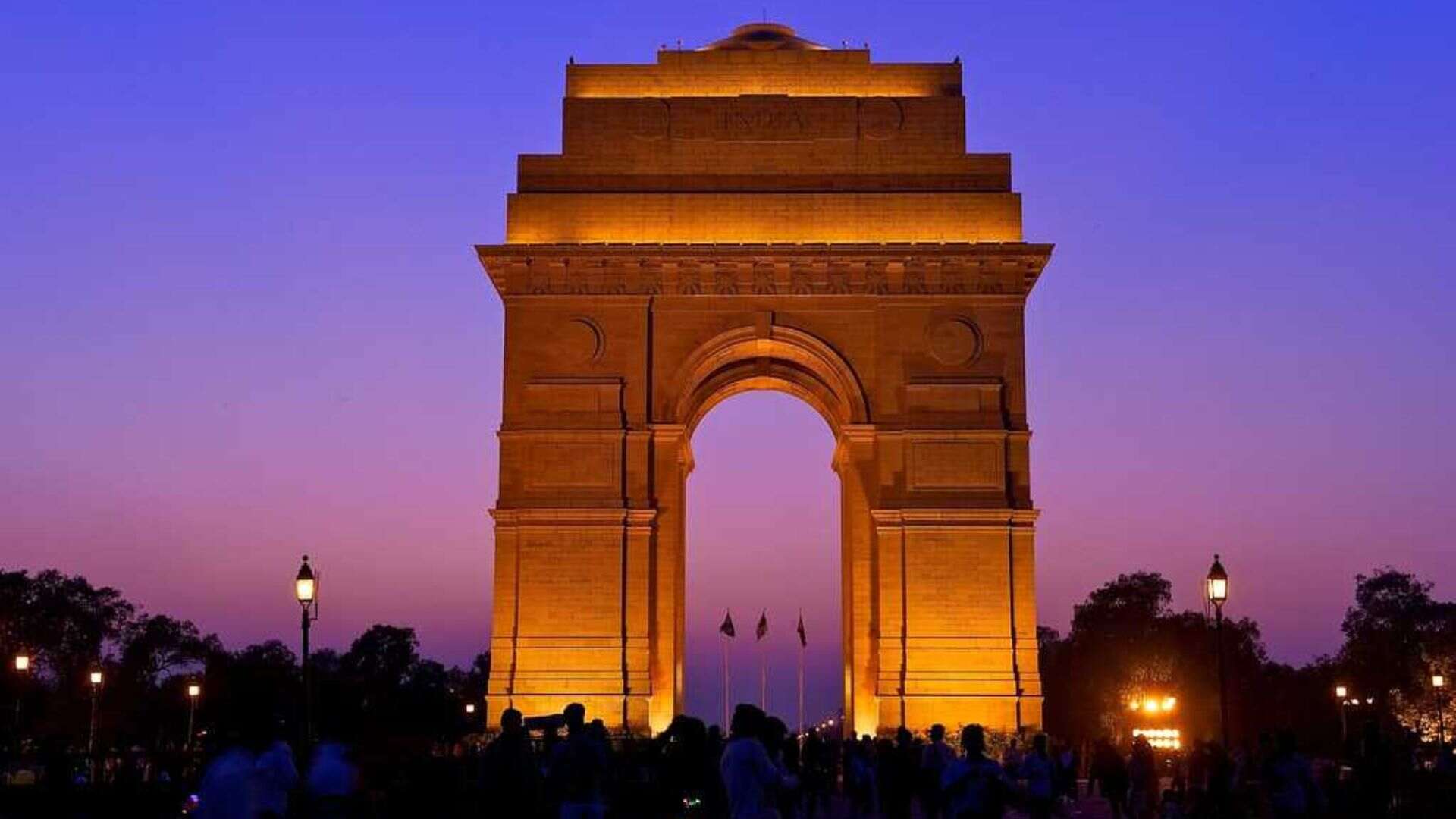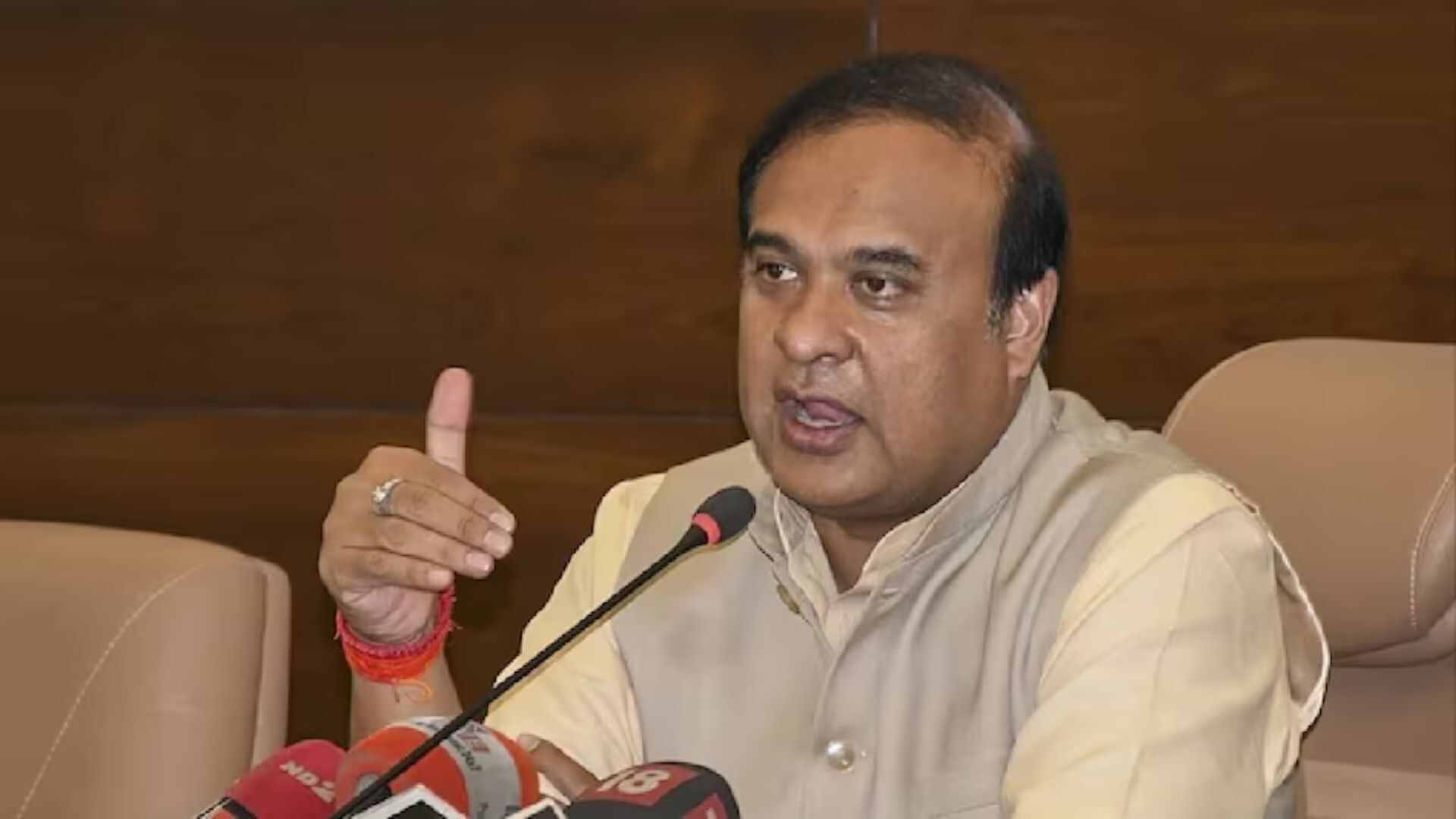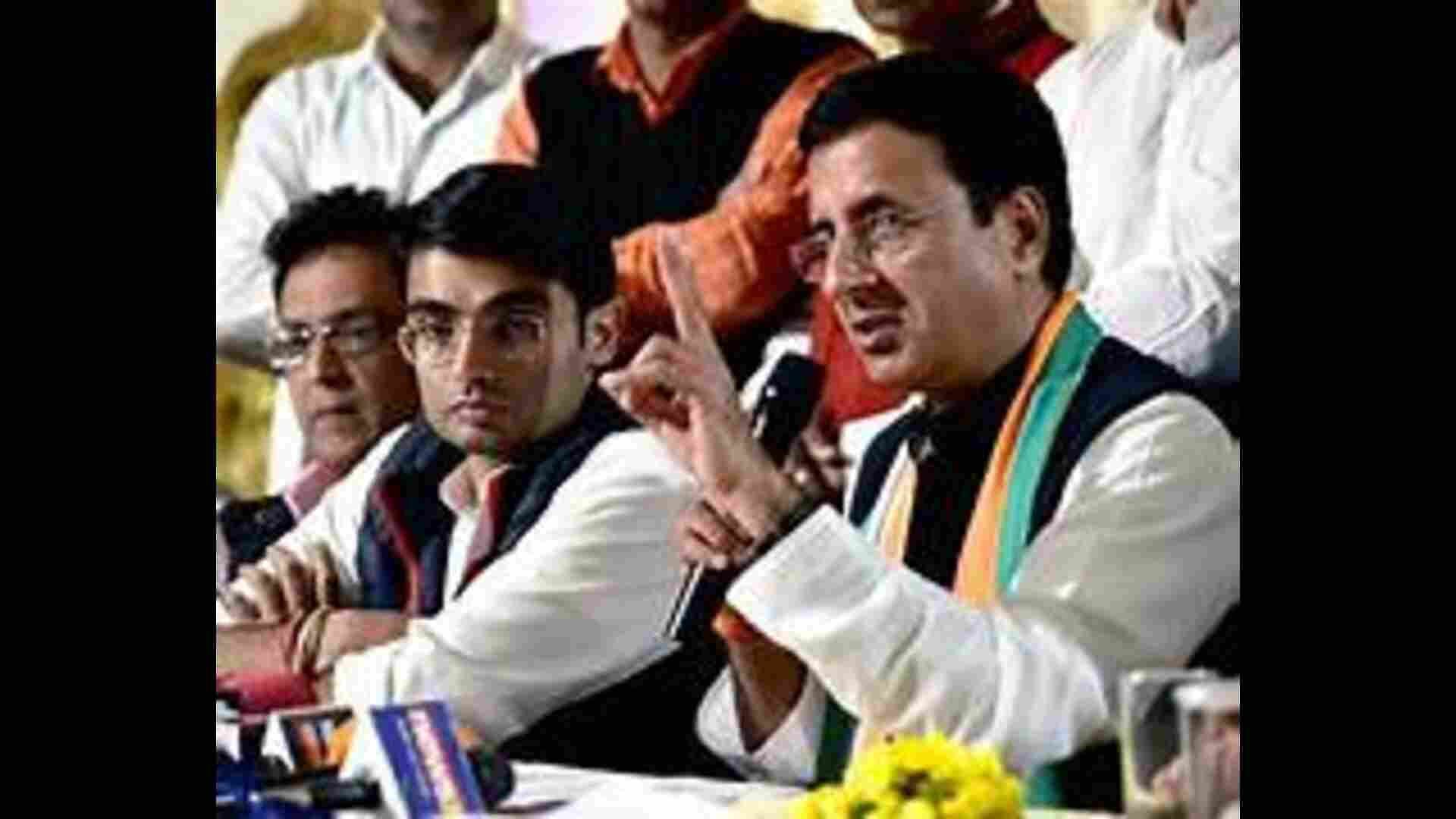“Hinduism is a movement, not a position; a process, not a result; a growing tradition, not a fixed revelation”, wrote eminent scholar-politician-statesman Dr Sarvapalli Radhakrishnan in his seminal work The Hindu View of Life. He went on to say, “Precious as are the echoes of God’s voice in the souls of men of long ago, our regard for them must be tempered by the recognition of the truth that God has never finished the revelation of His wisdom and love. Besides, our interpretation of religious experience must be in conformity with the findings of science. As knowledge grows, our theology develops. Only those parts of the tradition which are logically coherent are to be accepted as superior to the evidence of the senses and not the whole tradition.”
Unlike the Semitic religions, Hinduism is not a religion of ‘believers’. “Unless you believe, you will not understand”, St Augustin of Hippo had exhorted early Christians of the Roman empire. But Hinduism allowed inquiry and wanted men to be seekers, rather than mere believers. Ram and the Ramayana are divine for many. Gandhi called Ram his personal deity. But Ambedkar did not agree much with Ram. He even challenged the Ramayana, going to the original by Valmiki, in his Riddles in Hinduism. However, there is a common aspect in Gandhi and Ambedkar’s stances: both argued from a logical perspective, not from blind faith or blind hatred.
Whether Ram was a historical person or not did not bother Gandhi much. What mattered to him was the concept of ‘Ram Rajya’. In his view, Ram Rajya essentially meant equal rights to “prince and pauper”. Even during his two visits to Ayodhya, the abode of his deity Ram, in 1921 and 1929, Gandhi’s rhetoric was about standing up for the weak and the meek. Addressing the saints of Ayodhya on the banks of the river Saryu during his visit in February 1921, he resorted to his favourite subject of Ram Rajya. He chose cow protection as the point of reference to tell saints, “Praying to God for our own protection is a sin as long as we do not protect the weak…We need to learn to love the way Ram loved Sita”. There is no way to achieve Ram Rajya or swaraj without observing this svadharma, he told them.
Meanwhile, Ambedkar’s criticism of the Ramayana was based on his perception of certain events. He believed, not necessarily correctly, that Ram upheld the Varnashrama system and had killed a Dalit saint called Shambuka. “Some people seem to blame Ram because he…without reason killed Shambuka. But to blame Ram for killing Shambuka is to misunderstand the whole situation. Ram Raj was…based on Chaturvarnya. As a king, Ram was bound to maintain Chaturvarnya. It was his duty therefore to kill Shambuka, the Shudra, who had transgressed his class and wanted to be a Brahmin. This is the reason why Rama killed Shambuka”, Ambedkar writes. Many scholars insist that the story of Shambuka’s killing was an interpolation. Ambedkar was also critical, probably on more valid grounds, of Ram’s treatment of Sita. He saw Ram Rajya as unjust and patriarchal and commented on Ram’s dismissal of Sita to forests the second time as “there are not wanting Hindus who use this as grounds to prove that Ram was a democratic king when others could equally well say that he was a weak and cowardly monarch.”
Both Gandhi and Ambedkar were looking at the concept of Ram Rajya from their respective prisms—Gandhi from a more pragmatic prism and Ambedkar from a literal one. But both highlight the fact that a just system should be one where the weak are protected and their voices heard. The search for such a just and equitable system where there is harmony between the ruler and the ruled has been carried on by political pundits for millennia. Socrates, the ancient Greek philosopher, was asked to consume poison by the democratic assembly of 21,000 citizens of Athens. His sin was that he supported the oligarchy of the 30 ruling tyrants of Sparta, a neighbouring city state. Socrates believed that the rule by a select class of wise men, like the oligarchy in Sparta, is better than a democracy based on mass hysteria as that in Athens. Tyrants in ancient Greek regime were those who usurped the role of the monarch; not necessarily the way we understand its meaning today. Plato and Aristotle detested both systems—the cruel authoritarianism of Sparta and the mobocracy of Athens.
Plato’s panacea was ‘philosopher kings’. As Bhishma tells Yudhisthira in the Shanti Parv of the Mahabharat, which was repeated by Chanakya in Arth Shastra:
प्रजासुखे सुखं राज्ञः प्रजानां तु हिते हितम् । नात्मप्रियं हितं राज्ञः प्रजानां तु प्रियं हितम् ॥
This means, ‘The happiness of the ruler lies in the happiness of his subjects. It is not what the ruler likes that matters, but only what people like.’
In the Yudh Kand of the Ramayana, sage Valmiki narrates certain characteristics of Ram Rajya or Ram’s kingdom:
-While Rama was ruling the kingdom, there were no widows to lament, nor was there any danger from wild animals, nor any fear born of diseases. Every creature felt pleased.
-Everyone was intent on virtue. Turning their eyes towards Ram alone, creatures did not kill one another.
-While Ram was ruling the kingdom, people survived for thousands of years, with thousands of their progeny, all free from illness and grief.
-Trees there bore flowers and fruits regularly, without any injury by pests and insects. Clouds were raining on time and the wind was delightful to the touch.
-All the people were endowed with excellent characteristics. All were engaged in virtue.
Ram Rajya is envisioned as that state of governance where the ruler is wise enough to place the good of the people above the interest of his own. But then, who will determine what is good and bad? Nietzsche, the German philosopher, had interpreted ‘good’ as “whatever augments the feeling of power, the will to power, power itself, in man,” inadvertently becoming the darling of Hitler and the Nazis. Plato’s ‘philosopher kings’ also became authoritarians when the Romans invested divinity in them and philosophers like Nietzsche gave weird interpretations of power. Julius Caesar commissioned dozens of sculptors to make different sculptures of him, while Hitler revelled in his wisdom of a ‘superior race’. Such smugness and self-righteousness have produced cruel authoritarians throughout history.
Ram presented a different ideal. Valmiki used two phrases with profound meaning to describe Ram, whom he called ‘विग्रहवान धर्मः’ or the epitome of morality. Those phrases are: आराधनाय लोकस्य and राज्यम उपासित्वा. Ram ‘worshipped people’ and ‘worshipped the kingdom’. He did not believe in his infallibility nor was he overpowered by any superiority complex. When his mother, Kausalya, asked him after his return to Ayodhya whether he had killed Raavan, Ram’s reply was: “Mahagyani, Mahapratapi , Mahabalshali, Akhand Pandit, Mahan Shivbhakt, author of Shiv Tandav Stotra, the mighty Lankesh was killed by his own ego”.
That is why Gandhi summed up Ram Rajya as “the sovereignty of the people based on pure moral authority”.
The writer is member, National Executive, Rashtriya Swayamsewak Sangh, and member, Board of Governors, India Foundation. The views expressed are personal.







